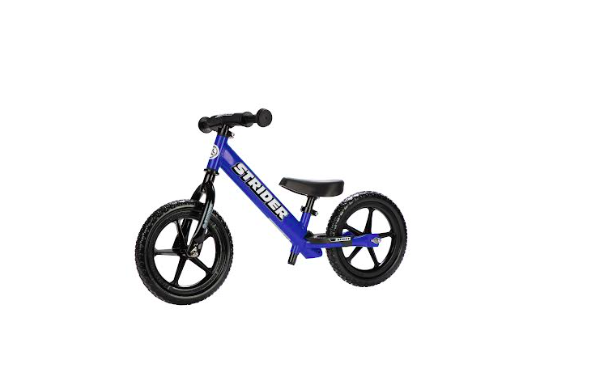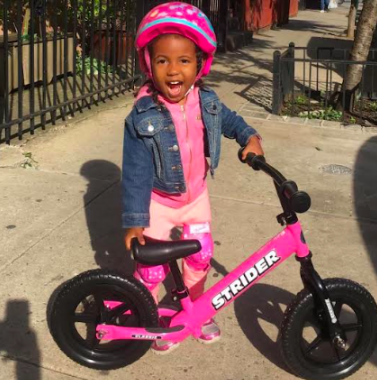In a world where children are increasingly drawn to screens and sedentary activities, finding ways to promote physical activity and outdoor play is crucial for their development. One innovative solution gaining traction is the use of balance bikes, particularly those offered by Strider, which cater to children as young as six months old. To delve deeper into the benefits of these balance bikes and their impact on children’s health and development, we sat down with Ryan McFarland, CEO of Strider.
Q: Could you discuss some of the specific health benefits that children can derive from using Strider bikes, beyond just developing motor skills and balance?
A: For starters, children suffer from vast amounts of sedentary activity. Screens satiate their desire for a simple serotonin boost, but the lack of physical activity is obviously not serving their health or development. Strider Bikes help children want to get outside and be active because they don’t have the barrier to entry that comes with training wheels or tricycles. Children develop a love of biking and the outdoors through Strider because it’s an intuitive toy to engage with, and it’s right-sized for them. That helps them develop an early and lasting love for cycling, which benefits their physical fitness, strength, stamina, and cardiovascular health. Biking can also aid cognitive and emotional development, boosting brain function, enhancing attention span, improving memory retention, and even helping academically.
Advertisement

Q: Have you noticed any trends or shifts in parental attitudes towards prioritizing physical activity and exercise for their children?
A: Unfortunately, we’re seeing an unprecedented decline in children’s physical activity. While some parents are scheduling multiple extracurricular activities for their children, this regimented approach may not be conducive to overall health. Kids need free time for unstructured, active play. Encouraging them to engage in creative physical activities, like bike riding, can foster social, physical, and cognitive development.

Q: As childhood obesity rates continue to rise, how does Strider see itself contributing to the larger conversation about promoting healthy habits and lifestyles among children from a young age?

A: We’re here to help kids develop a love of cycling and outdoor activity. Strider believes children are far more capable than they’re given credit for, which is why we developed bikes that are simple and intuitive. If we can help kids develop confidence and a love for outdoor play from an early age, we’re setting them on a path towards lifelong health and wellness.
Q: What sets Strider apart from other toys on the market, particularly in terms of its developmental benefits for children?
A: Strider Bikes instill confidence in kids and encourage them to challenge themselves. Unlike tricycles or training wheel bikes, which can be heavy and limiting, Strider Bikes allow children to explore, have fun, and develop cognitive and decision-making skills. Our bikes grow with children, accommodating their changing developmental needs from as young as six months old up to age seven.

Q: What age range do Strider bikes cater to, and how do they evolve to accommodate children’s changing developmental needs as they grow?
A: We have products designed for children to use from 6 months old up to age 7. Our bikes grow with children, thanks to adjustable features and innovative designs. For example, our Strider 2-in-1 Rocking Bike can be used in rocking mode from 6 months old and then converted into a balance bike as young as 1 year old. As children’s legs grow, they can transition to larger models like the Strider 14x Balance Bike, which comes with pedal attachments for when they’re ready for their first pedal bike.
As the conversation around children’s health and development continues, Strider Balance Bikes emerge as a valuable tool in promoting physical activity, confidence, and outdoor exploration from a young age. With their intuitive design and long-term usability, they offer a unique solution to the challenges of modern childhood.

